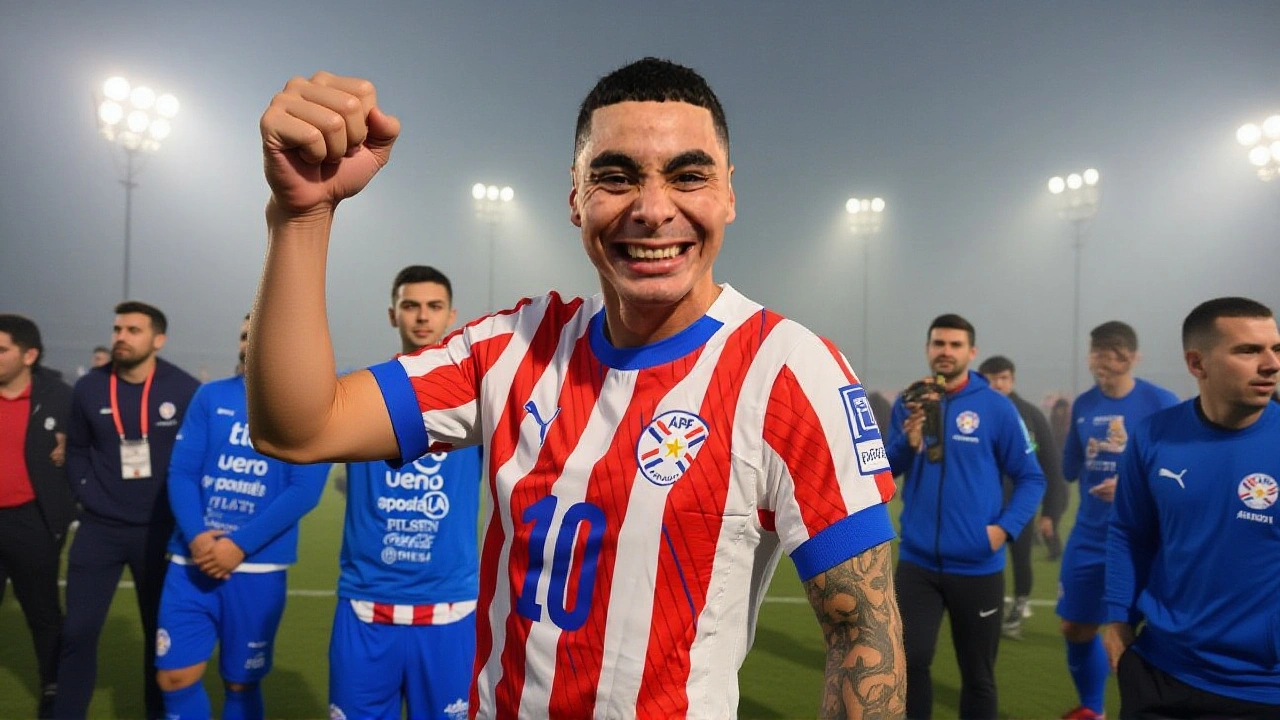CAF – African Football Hub
When talking about African football, CAF plays the central role. CAF, the Confederation of African Football, the official governing body that oversees the sport across the continent. Also known as Confederation of African Football, it sets the rules, runs competitions and works with national associations. The African Cup of Nations, the continent’s premier national‑team tournament is one of its flagship events, while the CAF Champions League, the top club competition in Africa showcases the best league sides. CAF also partners with FIFA, the global governing body for football to align calendars and regulations. In short, CAF encompasses national teams, clubs, youth development and the broader African football ecosystem.
How CAF Governs the Game
CAF is made up of 54 member associations, each representing a country. These members elect an executive committee that decides on competition formats, disciplinary rules and funding allocations. The committee’s decisions affect everything from stadium standards to player eligibility. Because CAF sets the calendar, it can avoid clashes with other continents’ tournaments – a must for players who move abroad. This structure also means CAF can launch continent‑wide programs, like coaching courses or referee clinics, that lift the overall standard of the game.
One of the biggest ways CAF impacts football is through the African Cup of Nations. First held in 1957, the tournament now draws millions of viewers and serves as a springboard for talent. Players who shine often earn moves to European clubs, boosting both their careers and the reputation of African leagues. The competition also fuels national pride; a strong showing can unite a country for weeks, creating a festive atmosphere that extends beyond the pitch.
The CAF Champions League works on a similar principle, but for clubs. It requires participants to meet licensing criteria covering finance, infrastructure and youth development. Those standards push clubs to professionalise, invest in facilities and improve management. The competition’s prize money helps clubs reinvest in players and staff, while broadcasting deals bring African football into homes worldwide. Fans get to watch legendary match‑ups, and the tournament’s drama often spills over into domestic leagues, raising overall competitiveness.
Women’s football is another focus area. The CAF Women’s Africa Cup of Nations mirrors the men’s tournament but has grown rapidly in the last decade. More national teams are entering, and CAF has introduced development funds to support grassroots programmes for girls. This push is creating a pipeline of talent that can compete on the world stage, as seen with recent strong performances at the FIFA Women’s World Cup.
Youth competitions like the U‑17 and U‑20 African Cups are also under CAF’s umbrella. These tournaments give young players early exposure to international football, teaching them tactics, discipline and the mental toughness needed for senior level. CAF runs coaching clinics alongside the events, ensuring that local coaches learn the latest methods. The result is a steady flow of technically proficient players who can later boost both club and national team performances.
All of these elements – senior tournaments, club championships, women’s and youth events – weave together to form a vibrant football landscape across Africa. Below you’ll find a curated mix of news stories, match previews and analysis that dive deeper into each of these topics. Whether you’re tracking the latest African Cup of Nations qualifier, checking out a Champions League upset, or learning about new development initiatives, the collection gives you a full picture of what CAF is driving right now.

Tunisia clinches 2026 World Cup spot, joining early qualifiers Japan, NZ and Argentina
Tunisia secured a 2026 World Cup berth with a 1‑0 win over Equatorial Guinea, joining early qualifiers Japan, New Zealand, Iran and Argentina as the tournament field continues to shape up.